Abstract:
Design is a process of continuous development and intensification, in which originality and form mix and collide with each other constantly, and ultimately reach a balance. This is also the reflection of the quality of design. Efficiency and quality have different emphases at different stages of design. At the initial stage, a great deal of information needs to be collected and integrated to reach a conclusion. By reasonable and goal-directed collection, effective cooperation, independent and concentrated thinking, and data organization, high efficiency is realized. At the stage of intensification. the dynamic integration of "form" and "connotation" is emphasized. Based on accumulation and summary as well as personalized analysis of the form and connotation and by virtue of diversified methods of looking for the connotation, intuitive paths of thinking are put forward. Furthermore, timely communication among the participants in the plan can be guaranteed through a perfect cooperative system. This can guarantee the quality and enhance the efficiency simultaneously. Although a good method can improve the efficiency of design, it still cannot change the essence of design. Only by learning, practicing and thinking continuously can one design excellent works.


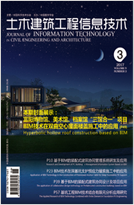
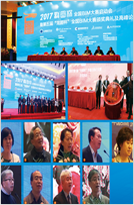
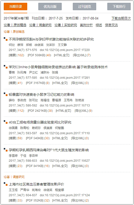
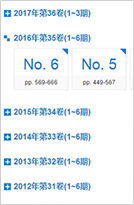

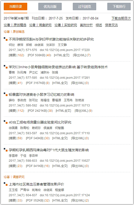
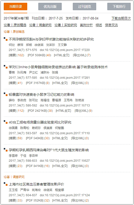

 下载:
下载: